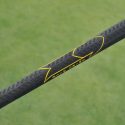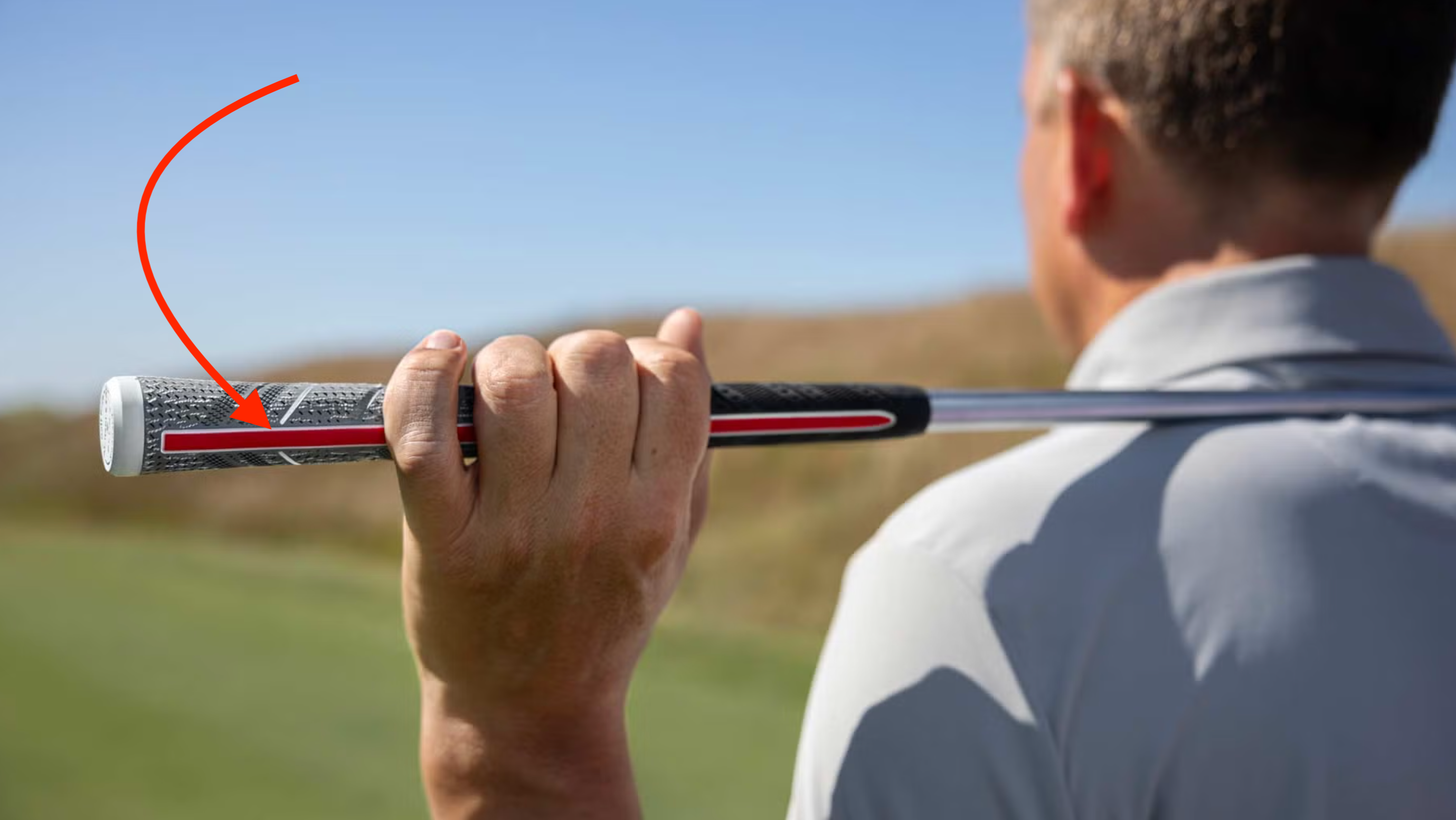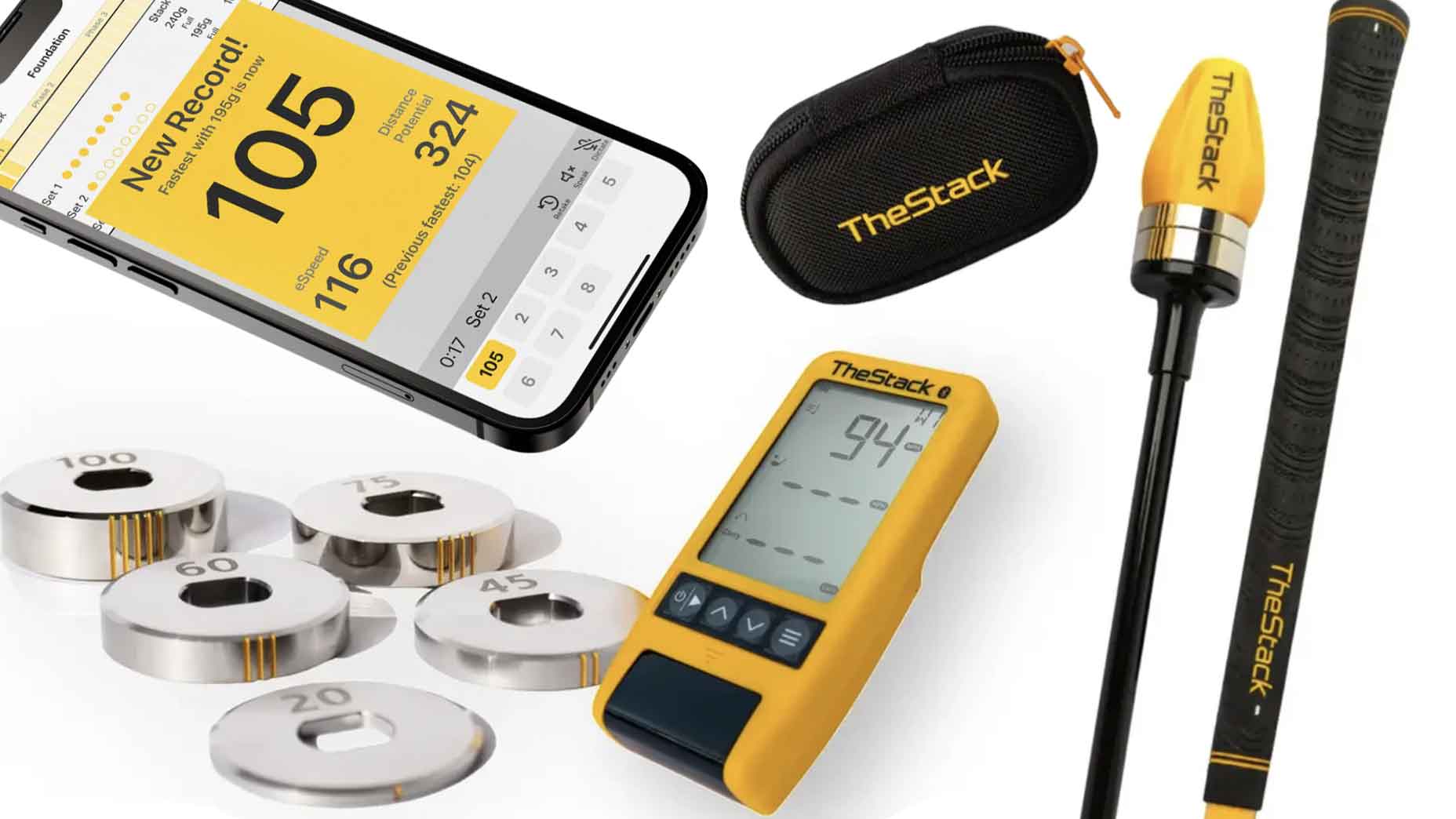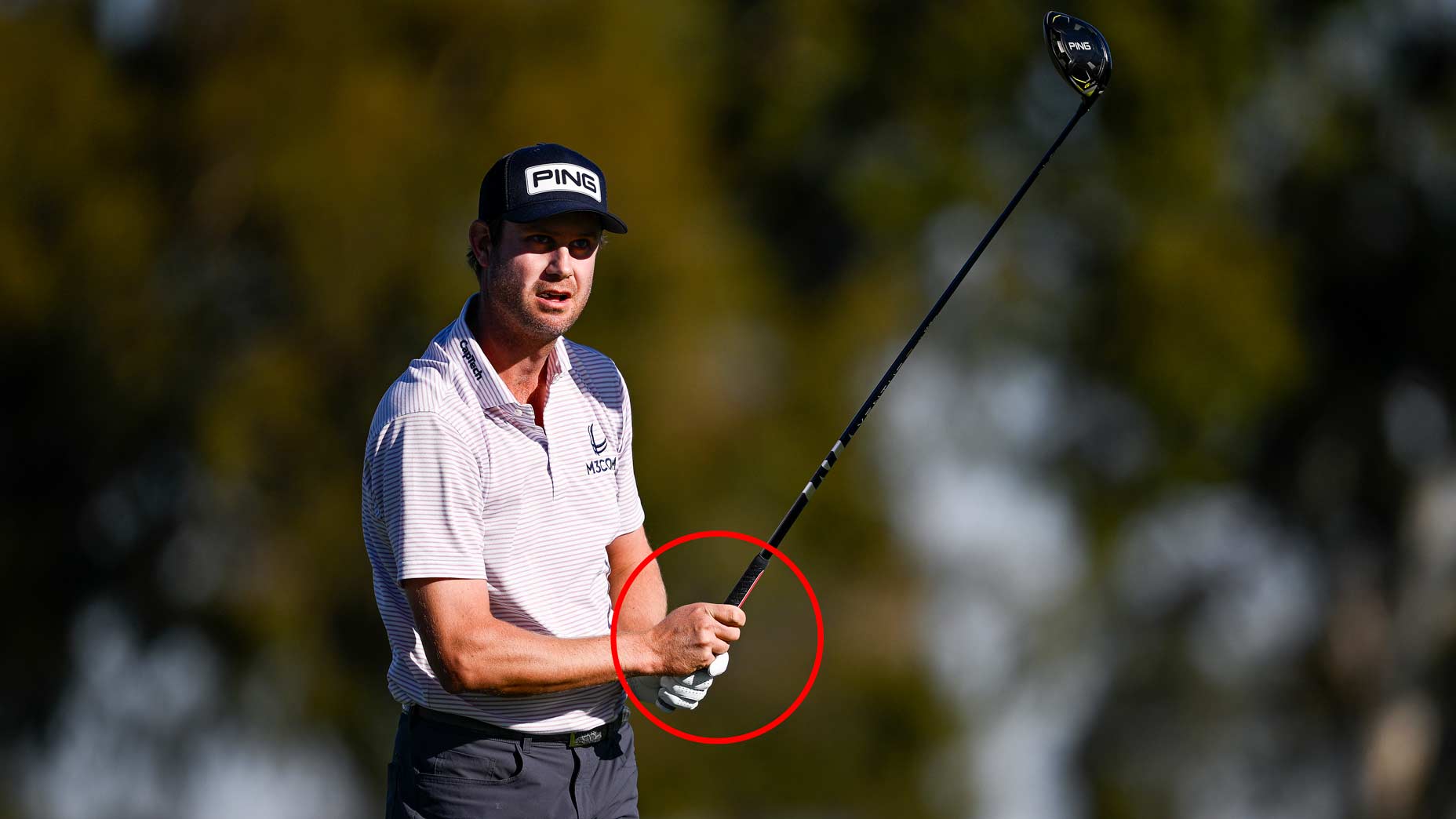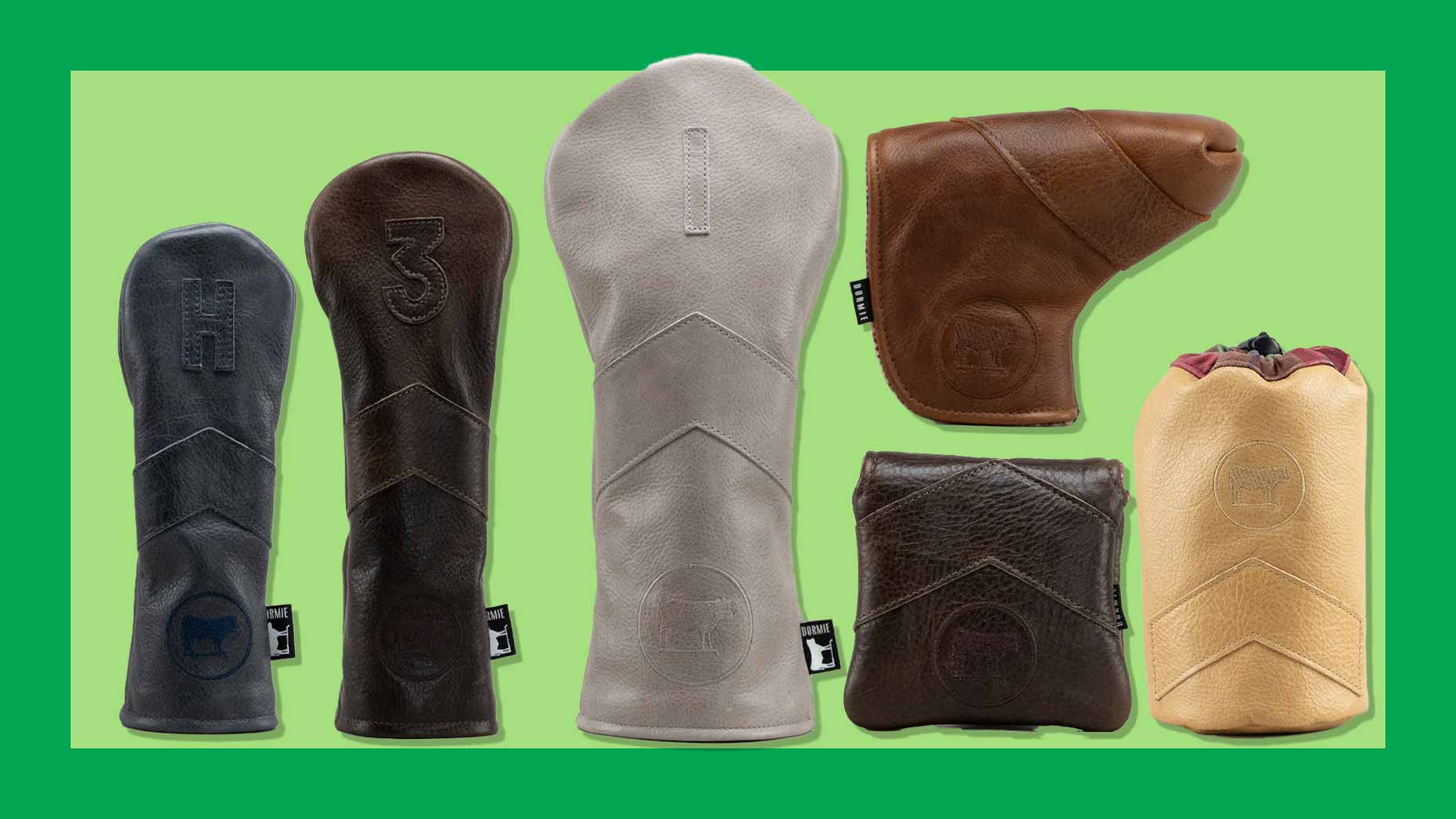 Grab the elegant Dormie Classics Collection at Fairway Jockey
Grab the elegant Dormie Classics Collection at Fairway Jockey
Will using sandpaper on your worn golf grip bring it back to life? We found out
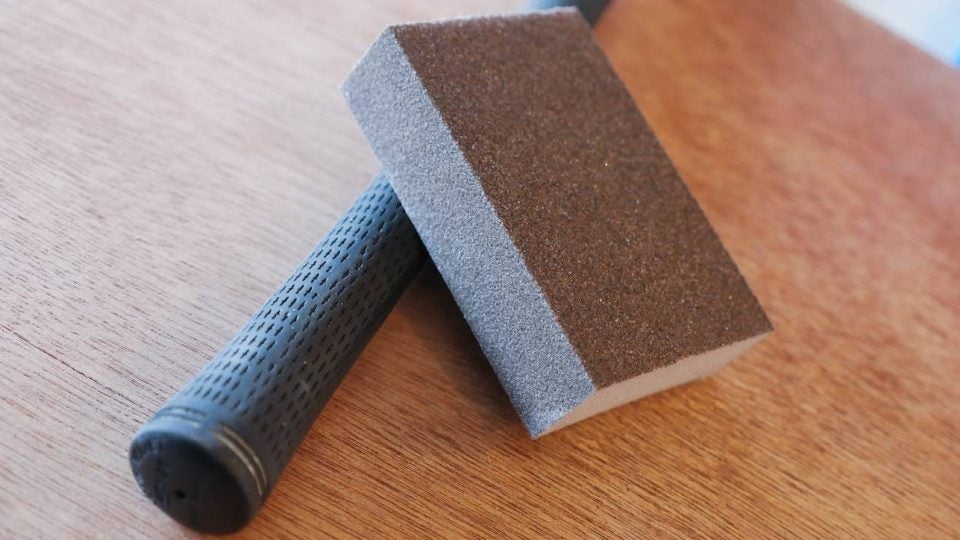
I’ve been writing about golf equipment for a long time, and I’ve heard a lot of good and bad advice when it comes to golf grip maintenance. Most of the good advice for proper grip care is common sense stuff like not storing your clubs in the trunk and keeping your grips dry and clean as often as possible.
Some not-so-great advice I’ve seen and heard is to use adhesive sprays, glycerin or other grip solutions, salves and so on to add tackiness to either your hands or to a worn-out grip. Those kinds of things work for a short while, but rarely do they last. Sometimes they make your grips even worse. Scratch that. They will make your grips worse.
But, there is one technique to salvaging a slippery grip that I was curious about and had to try for myself to see if it actually worked — using sandpaper.
Sandpaper on a golf grip (this will ruin polymer grips like the ones Winn makes, so don’t do it if you have those) can in fact help reduce some of the slipperiness of a grip, much like you can revive a squeaky windshield wiper blade. But before we get into the how you should apply sandpaper to your grips, let’s look at why grips lose their tackiness in the first place.
As your golf grips age, because they’re made of soft, porous rubber and synthetic compounds, they are not only susceptible to abrasion and wear, they also absorb things like sweat, dirt and oils from your hands. Over time, as the wear increases and the grips suck up more oil and sweat, the grips begin to deteriorate. Storing your clubs in a damp area only makes things worse, as does a hot trunk. You can actually bake the rubber and cause damage that way, too.
ADVERTISEMENT
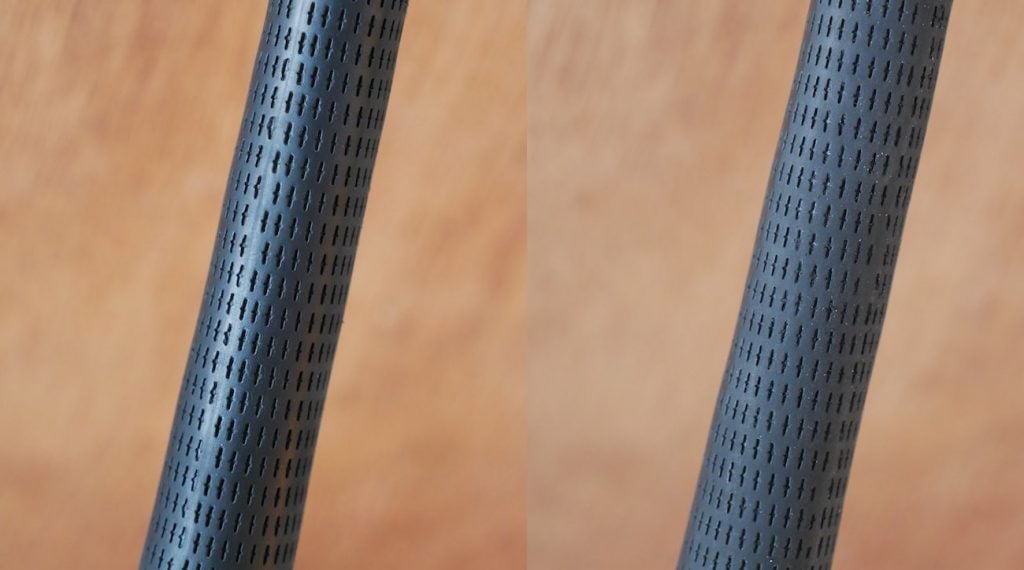
When a grip gets to the point where there’s corroding, no amount of soapy solution, sandpaper or any other additive will restore it. But there is a small window of opportunity right before the grip starts deteriorating where the grip is losing its tackiness, but it’s merely superficial and on the outside layer.
Will sanding your grip act as a temporary band-aid? What I found was fine-grit sandpaper (100 grit and above) used gently can help roughen up the surface and lend more traction. But the fix was short-lasting. After a round or two with sanded grips, you’ll find you need to keep sanding them down to maintain friction and, well, there isn’t any point to keep your grips on life support. Eventually, you get to the point where it’s time to pony up for some new handles, which you should do every season anyway, especially if you’re playing regularly throughout the year.
The takeaway: Lightly sanding your grips works, but only in the short term. If you’re in a hurry and want to add some texture to your grips, it’s a great way to do so before changing up your grips altogether.
To hear more gear insights from Jonathan Wall and True Spec’s Tim Briand, subscribe and listen each week to GOLF’s Fully Equipped podcast: iTunes | SoundCloud | Spotify | Stitcher
ADVERTISEMENT


